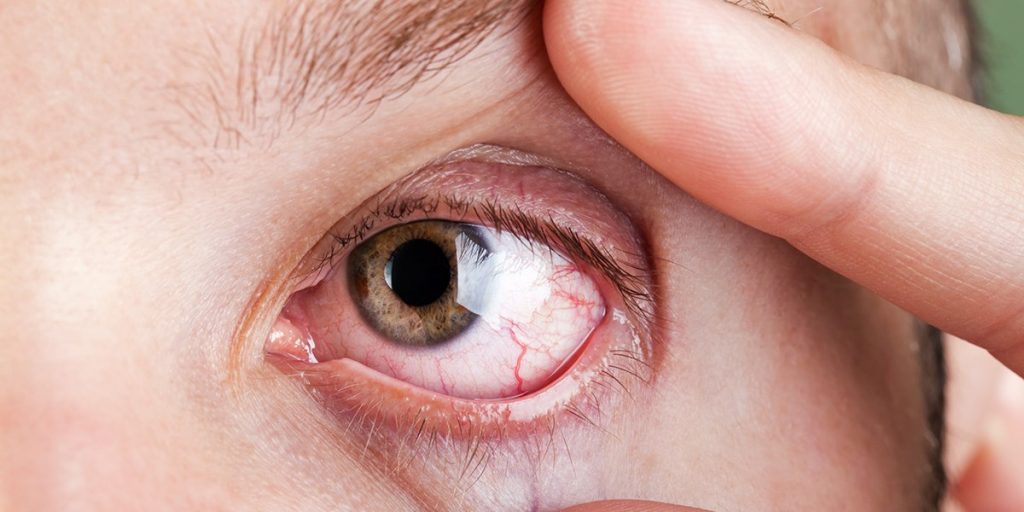All you require a speck of dust to enter the eye to make the eye turn from fine to red, itchy and watering in a second, but this sensitivity serves the purpose of protecting our eyes from contaminants.
Let’s take a look at the common form of irritants our eyes encounter. One of the first irritants we can consider is the onions. When chopping onions, it releases a chemical into the air, and when this chemical reaches the eye, it releases the lachrymal gland and opens the tear floodgates.

People wearing lenses are generally unaffected by the presence of onions as the lens act as a protective layer. However, it is seen that contacts can also be a source of irritants in most cases and there is information on how many hours we should wear them and when to switch to a new pair.
The biggest cause of eye irritation are dust and pollen, and this can generally lead to the cause of eye getting red, itchy and watery once they come in contact.
Staring at digital screens can also lead to eye irritation. Our eyes become red, itchy, dry and tired when you continuously look at the computer screens, as we generally do not blink at a regular rate when looking at computer screens. It is important to give your eyes regular breaks when staring at screen to reduce the irritation.
Many of the symptoms of eye irritation are actually our eyes’ natural defense mechanisms kicking in. The first thing that happens is a lot of tears! This rush of tears means that there is water to flush out the contaminants in the eyes.
If the tears are not able to wash away the contaminants or if the contaminants have done any damage, the next line of defense is the inflammatory response – that swollen, itchy redness. The blood vessels on the surface of the eye swell so that antibiotics and nutrients will have an easier time reaching the site of irritation, which helps it heal faster.